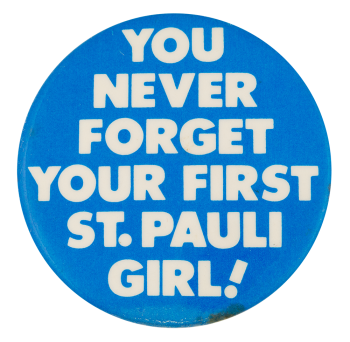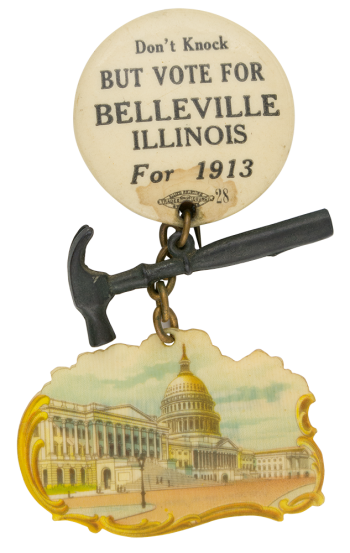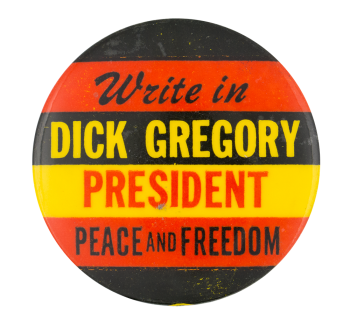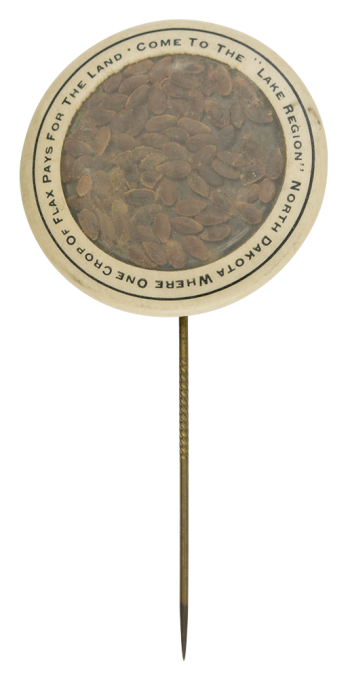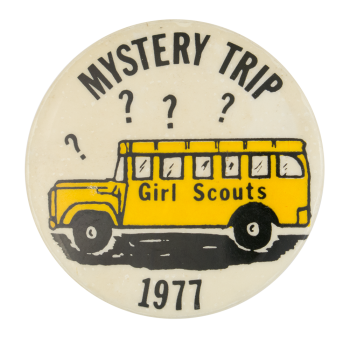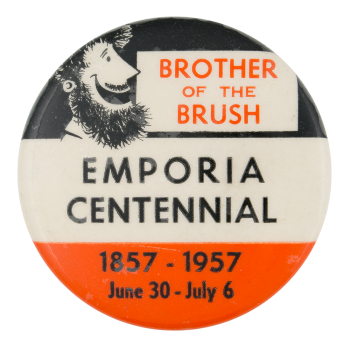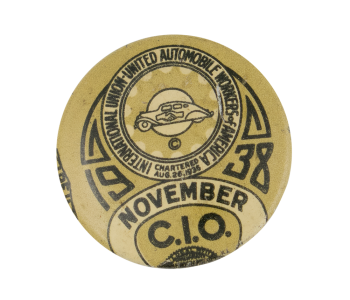Peace on Earth
| Category | |
|---|---|
| Additional Images | |
| Sub Categories | |
| Text on Button | PEACE ON EARTH |
| Image Description | Illustration of a dove with wings outstretched and black text over a yellow and green background |
| Curl Text | ©N.W. PRODUCTS MPLS, MINN. 55413 KMS |
| Back Style | |
| The Shape | |
| The Size | |
| Additional Information | White doves are a traditional symbol of peace and love. They also represent purity, hope, redemption, honesty, and pacifism. Doves often appear in the religious texts of Christianity, Judaism, and Islam. The image of the dove combined with the phrase “Peace on Earth” promotes concepts of world peace and anti-violence. Doves are used in celebrations and ceremonies. It is a common wedding practice to release white doves upon completion of the vows. Doves can also be part of mourning and funeral services; their release provides an uplifting spiritual symbol. Releasing doves became part of the Olympic closing ceremonies in 1896. In 1920, the ritual became part of the opening ceremony. Due to safety concerns for the doves, the Olympic tradition has become purely symbolic since 1988. |
| Sources |
A Doves Love. (n.d.). Symbolism. http://www.adoveslove.com/symbolism.html |
| Catalog ID | CA0720 |



